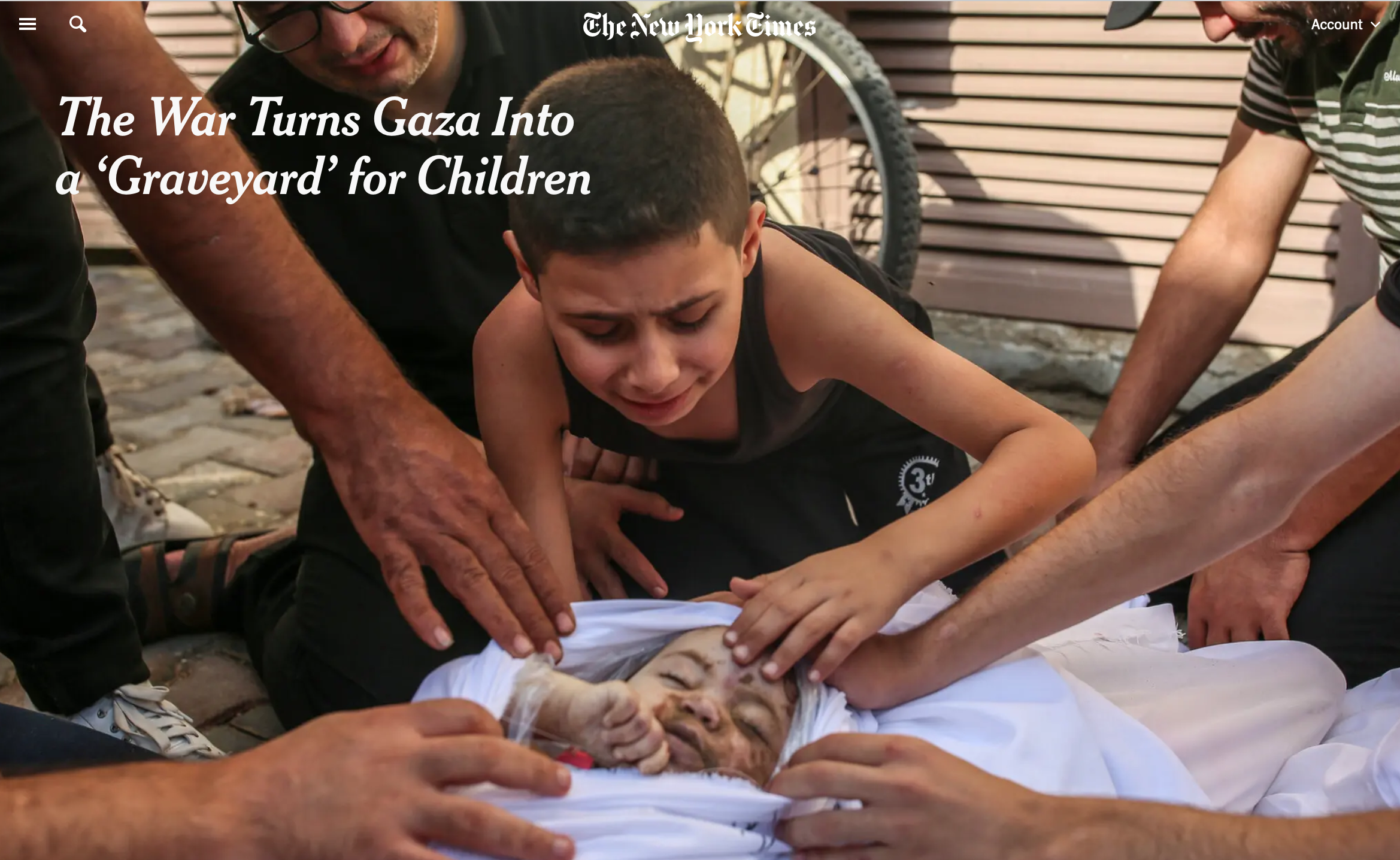Ellen Tolmie
Unicef Senior Photography Editor 1990-2013
Former documentary photographer/filmmaker
I’ve been a visual documentarian since the mid-1970s, in Toronto, New York and Bogota. In my 23 years leading Unicef HQ Photography in New York, I strove to globally apply professional photojournalism standards to the making and use of all Unicef still images that documented children’s realities and related humanitarian and social development responses.
It was also meant to uphold the institution’s credibility – part of the international aid world’s reliance on photography-as-evidence since humanitarian relief efforts began in the late 1800s. This intention was further advanced by the Convention on the Rights of the Child that became international law in 1990. Replacing an ethos of addressing ‘needs’ to one supporting ’rights,’ it entirely aligns with journalism ethics while further challenging visual documentarians to respectfully represent all others, especially the most vulnerable.
I endorse Writing With Light’s Statement of Principles and encourage its global implementation by all aid and rights organizations. Generative A.I.’s ability to create genuine-seeming-non-photographs – synthetic images – which fakery is not disclosed significantly escalates the threat of mis- and disinformation to our civil and human rights, the ability to distinguish truth from lies and the credibility of our best institutions.
Here is one example of the power of an authentic documentary image, by Samur Abu Elouf, that led a 18 November 2023 NYTimes story[i]. Witnessing the horror of war’s death and lifelong trauma for children, it shows Khalid, 9, crying over the body of his baby sister, one of 68 members of his extended family killed by an Israeli airstrike on Gaza. The “graveyard” headline quote is from a Unicef statement[ii] weeks before.
This photograph is authentic. If it becomes suspect as synthetic images surge, we are lost.

Ellen Tolmie
Unicef Senior Photography Editor 1990-2013
Former documentary photographer/filmmaker
